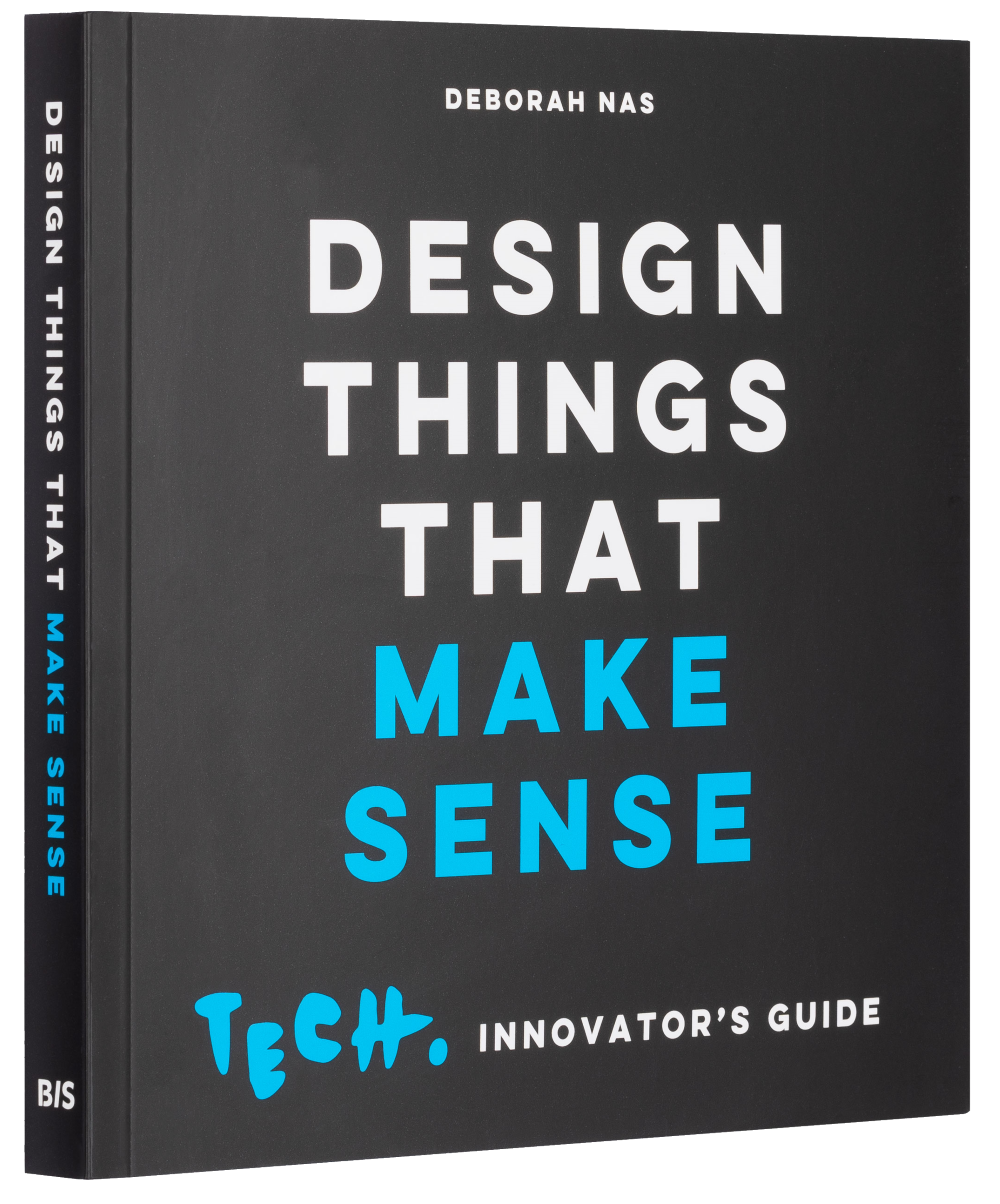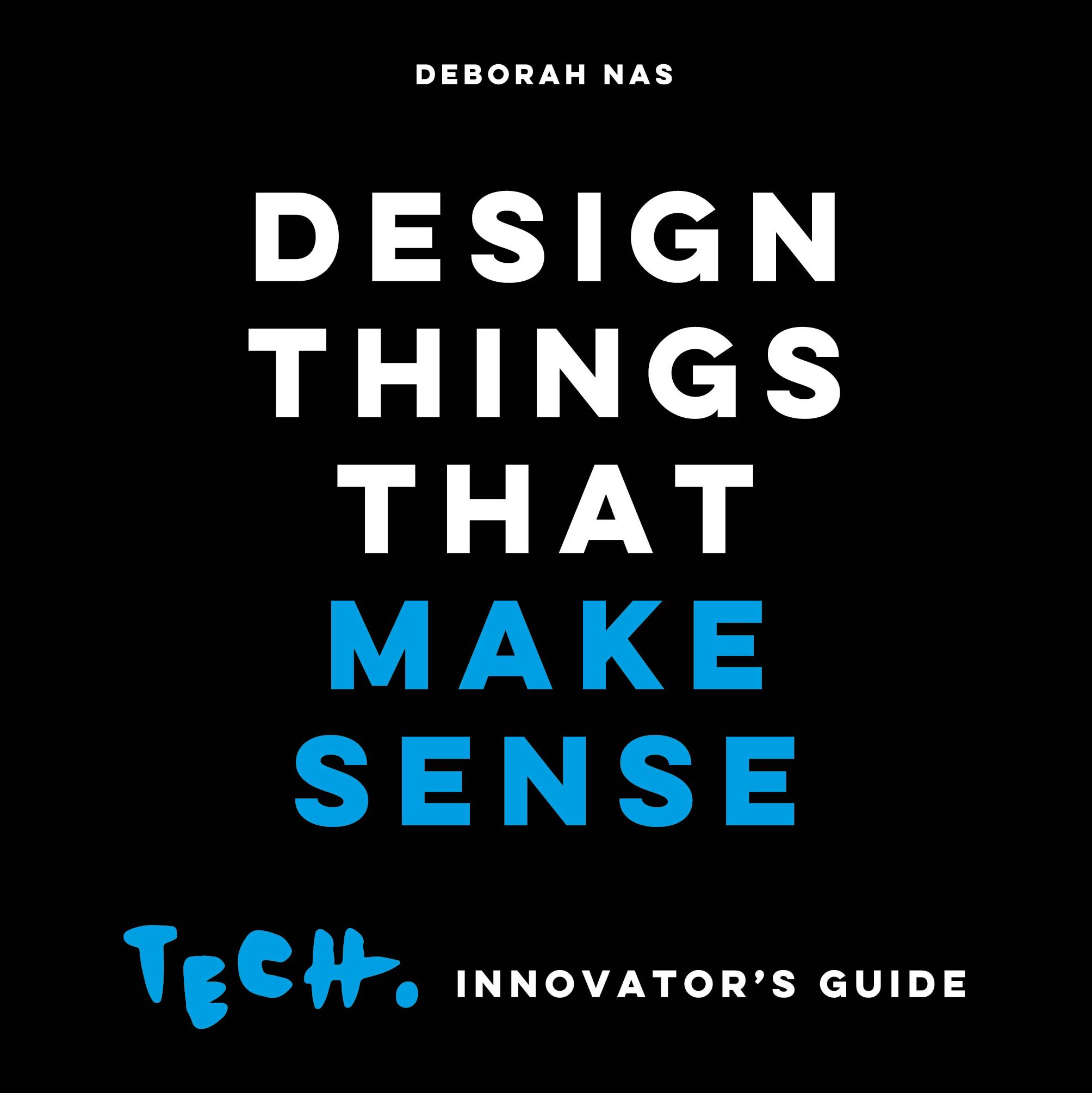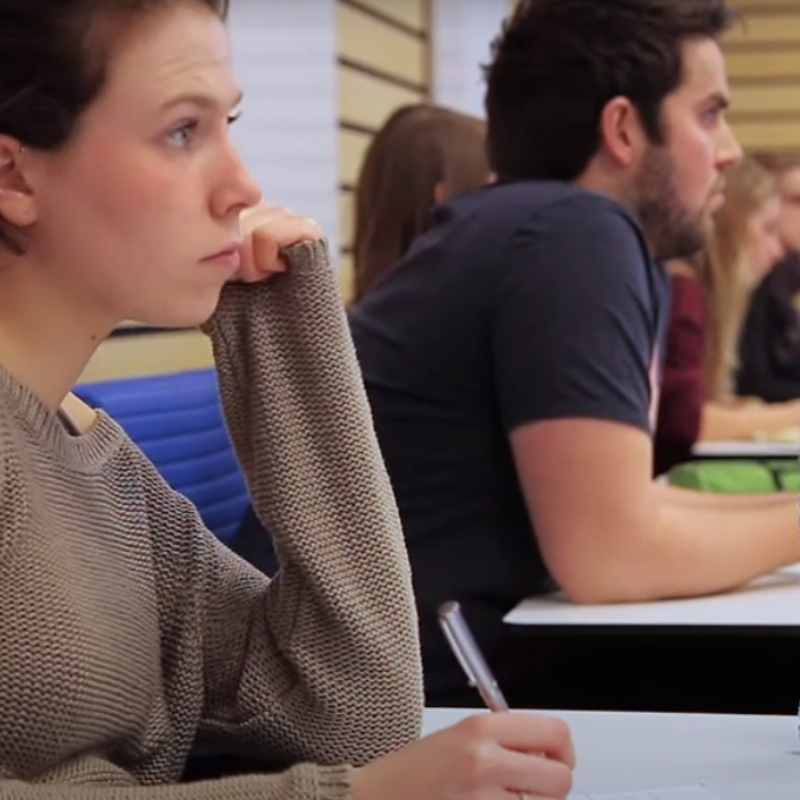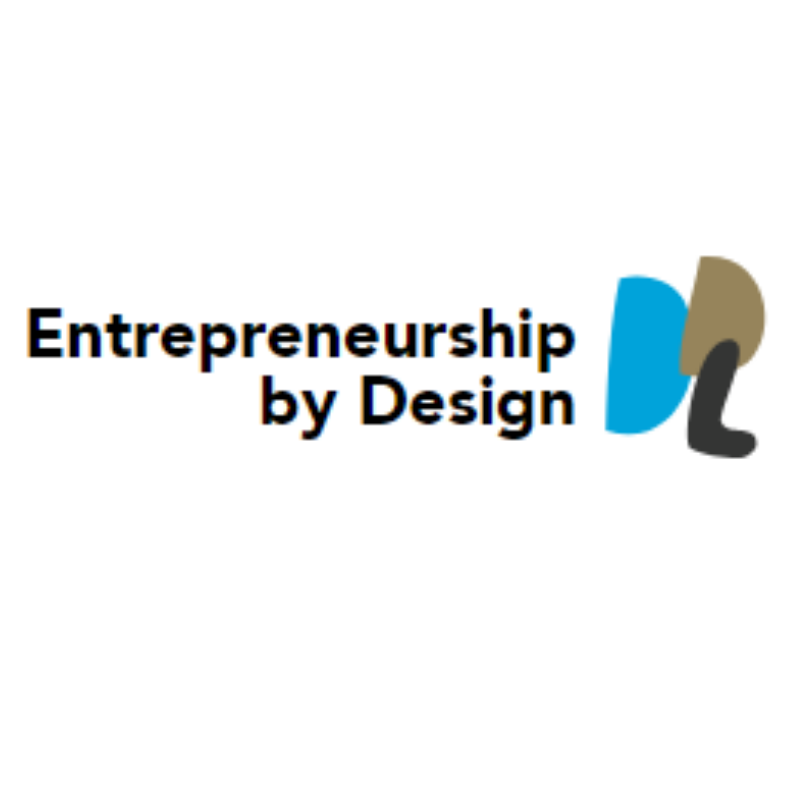Design Things That Make Sense
How to design successful tech products? Browse the design strategies in this new book by Deborah Nas.
Design Things That Make Sense
Design Things That Make Sense provides valuable insights into the unique challenges of technology-based innovation and offers a complete set of human-centered design strategies to help tech innovators develop their ideas into successful products. Aimed at innovators that seek to apply new technologies in their creations – whether students, startups, scale-ups, or corporate innovation teams – this guide offers insights and practical tips on how to reach the holy grail of designing things that make sense to consumers.
Nas, professor at TU Delft’s Faculty of Industrial Design Engineering, is on a mission to help innovation teams design tech products that “make sense”; products that people will love to use and will continue using. It may sound logical - straightforward even. However, experience says that it’s easier said than done. Tech products hitting the market are often hard to understand, expensive, raise (privacy) concerns, or are simply lacking the right set of features. This is why Professor Nas has put pen to paper and created this hands-on guide and complementary toolkit in order to help innovators design products and services whose technological benefits far outweigh their potential drawbacks. In other words, to help innovators to "Design Things That Make Sense".
Author Deborah Nas bridges theory and practice
Professor Deborah Nas is a self-confessed lover of technology. After studying Industrial Design Engineering at Delft University of Technology, she started a career in innovation – first in corporations, then via her own agency, and today as a sparring partner for corporates and startups – a role which she combines with teaching strategic design at her alma mater.
When she began teaching at IDE, she realised that a practical knowledge source for designing successful tech products was lacking and set out to fill this gap. Combining theory, case studies, and her experience from practice, she defined a set of design strategies that will help innovators create tech products that instantly make sense to consumers, and – as a side effect – accelerate technology adoption.
Balancing technology-based innovation and consumer-focused thinking
Technology-based innovation often starts with a technological capability or novel idea, looking for a problem to solve. As a result, most tech innovation teams think too much from the inside out and go through many design iterations trying to hit the innovation sweet spot. Nevertheless, they often miss. When teams think too much from the inside out, the technological capabilities of new products take precedent over the people they’re intended to serve. Added to this, many consumers tend to be suspicious of new technologies – a fact which hinders consumer research and concept testing. When the consumer’s perspective is neglected, this often leads to products that fail to deliver value to their users. A wasted opportunity. And one in which design strategies can certainly help. Nas’ book offers up a collection of practical design strategies, enhanced with case studies, all clustered around two fundamental approaches – strengthening product benefits and mitigating consumer resistance.
Strengthening Product Benefits
Nas underlines the fact that, when consumers assess if a product makes sense to them, they first and foremost look for benefits that meet their needs and expectations. Benefits might take the form of enhancing physical or mental well-being, knowledge, skills or social status. But value can also be at a user-experience level (better results, convenience, peace of mind) or at a social or environmental level (contributing to an inclusive society or a healthier planet). Nas’ book offers up 24 design strategies, though Nas urges innovation teams to select them carefully: “most successful products rely on two or three design strategies.”
Mitigating Consumer Resistance
New tech products often encounter resistance. Innovators must understand the consumers’ perception of potential risks: operational risks, economic risks, risk of time-loss, social risks and psychological risks. Nas encourages engaging with consumers throughout the innovation process to grasp negative implications a new product might have. “Design Things That Makes Sense” includes 13 design strategies to mitigate consumer resistance. From increasing personal safety, to creating familiarity, this is not about persuading consumers to adopt a product, but about “developing products that trigger less resistance simply because consumers have less to be concerned about.”
Design Things That Make Sense is an inspirational and hands-on guide to help designers and engineers develop great ideas into great products. Download the free toolkit from the website.
Now, go innovate!
“Design Things That Makes Sense”, published by BIS, is available from 25 May and is going on sale internationally on June 24 2021. Buy your copy here. Make use of our special discount code IDE15 to receive a 15 per cent discount. Students are eligible for a 20 per cent discount here.
Deborah Nas
"Turning innovation into celebration."
Deborah was a guest in the BNR Podcast, and she spoke about her new book. You can listen to the episode here.
Learn about the faculty’s master’s programme in Strategic Product Design here.
Explore the faculty’s Delft Design Lab on Entrepreneurship by Design which offers an MsC elective course including Build your Own Startup here.





